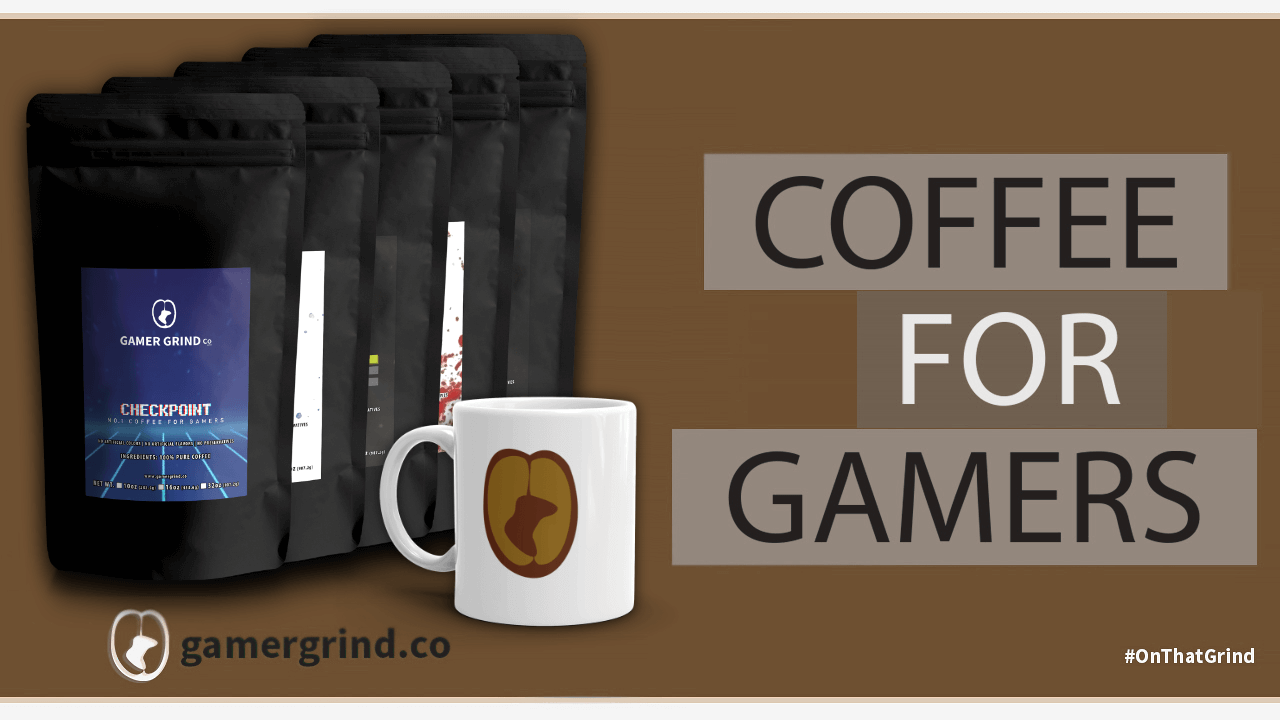We’ve been waiting for this one for quite some time. It’s been just over 13 years since Kingdom Hearts 2 debuted on PlayStation 2, before continuing its journey via a range of handheld releases. But a full-blooded home console sequel? That only arrived yesterday, with Square-Enix deploying the strengths of Unreal Engine 4 to deliver a new series entry with a far wider scale and scope compared to the originals. Not only that, but the new title aims high with a peak 60fps frame-rate. The question is, which console is most successful at locking to it? The answer is surprising.
The truth is that alongside recent releases like Resident Evil 2 Remake, Just Cause 4 and Ace Combat 7, there’s another firm divide in the quality of the experience depending on the console you play. If you’re gaming on an enhanced machine, you’re in for a good time, while the base machines can’t really compete – a situation that’s exaggerated owing to a key limitation in the game: its inability to deliver a capped 30 frames per second with consistent frame-pacing.
The main dividing factor though is, of course, resolution. Perhaps inevitably, sitting at the top of the pile is Xbox One X, delivering a native, locked 2560×1440. PlayStation 4 Pro follows up, with a 2304×1296 pixel-count, around 81 per cent of the X’s output. There’s a big gap that follows, with the vanilla PS4 dropping down to 1600×900, while Xbox One S languishes at a disappointing 720p. Image clarity drops according as we descend the console power ladder, with the drop in resolution also impacting the quality of both texture filtering and anti-aliasing. The standard PS4 just about holds up, but it’s not a great turnout, while Xbox One definitely suffers. Beyond that, the only difference in terms of cross-platform comparisons comes down to ambient occlusion – the base consoles look rather dithered here, while the enhanced machines deliver this aspect in a more attractive manner.
Beyond resolution, performance is also a crucial aspect in how this game presents itself. All four versions deliver two options for users to decide between: default and stable. Default runs the game with an unlocked frame-rate, while stable caps the output at 30fps. The only problem is that the latter option isn’t stable at all. Yes, the amount of frames output per second is indeed 30. However, they can be delivered at 16.7, 33.3 or 50ms intervals. It’s the worst example of poor frame-pacing we’ve seen for some time, giving the illusion of ugly stutter. It’s emphasised still further by the lack of per-object motion blur in-game. Its omission is such a shame, because it is used in the cutscenes and it looks wonderful.
Tom Morgan and John Linneman sit down to discuss their thoughts on Kingdom Hearts 3 – and to deliver the usual technical stats.
On all systems then, our recommendation would be to leave the game at its default performance setting. On the base machines, you essentially get frame-rates between 30fps to 60fps, depending on the load. It’s not ideal, but it’s definitely preferable to the borked stable mode. Curiously, while the standard PS4 and Xbox One have similar outputs here, it seems to be the Microsoft machine that has a small advantage in testing like-for-like scenes. Also surprising is the fact that the PS4 Pro actually runs slower than both of them, and noticeably so. At the top of the pile sits Xbox One X, handing in its native 1440p presentation mostly in 50-60fps territory.
However, there is a further dimension to the story and actually, as a Kingdom Hearts fan, it’s the PS4 Pro version I’ll be playing through to completion. Dip into the console’s front end and select the 1080p output resolution and the Pro drops its native 1296p output in favour of standard full HD – 1920×1080. Everything else about the presentation remains the same, but the frame-rate boost you get is a game-changer. The performance range is in the same 50-60fps window as Xbox One X, but the difference is that the Pro locks to the top end much more consistently. In theory, an Xbox One X version running on a FreeSync display may deliver a smoother, higher resolution presentation overall, but for standard screens, I think it’s the PS4 Pro version that runs and plays best.
And I think that this is a really decent game that’s worth checking out, especially if you enjoyed the prior PlayStation 2 outings. Moving to Unreal Engine 4 improves the series considerably – the more tightly defined levels of the old games are replaced with wider, more expansive play areas, emphasised with the developers pushing out the field of view to emphasise scale. There’s some inconsistency in the quality of the artwork, but by and large, it’s beautiful: UE4’s physically-based materials system combines with the Disney CG-like aesthetic to stunning effect and there are moments where it feels we’re getting close to something like an interactive Pixar movie. Just the first intro level does a superb job of laying out the game’s stall – it’s a lovely showcase.

On the more negative side, there’s perhaps the sense that the game’s extended development time has led to some aspects feeling rather dated. Mechanically, gameplay frequently feels as though it’s from a past era, there’s a maddening inconsistency in the quality of the visuals throughout, while animation quality feels sub-par. There’s also the sense that a little bit of extra work could go a long way in delivering an improved experience overall.
First of all, the stable performance mode is a write-off – even frame-pacing at 30fps was an issue on older builds of UE4, but recent titles (including Epic’s own Fortnite) have shipped with it working just fine and It desperately needs to be added to Kingdom Hearts 3. Secondly, the option to enable motion blur within gameplay would be hugely appreciated, and based on how it presents in cutscenes, could look beautiful.
And finally, we’re still baffled by PS4 Pro games that lock specific game modes to the output mode of the console. If there’s a 1080p performance mode, it should be available to users hooked up to a 4K screen, without the need to drop back to the front-end. Having an in-game option firstly informs the user that the mode is actually there (you wouldn’t really know otherwise if you’re set to 4K) and secondly, it would also open the door to a similar mode being implemented on Xbox One X, which should be able to lock to 60fps with less of a resolution drop.
What we have here is an impressive return for the franchise and one I really enjoyed playing, but I’m just hoping that Square-Enix will return to the game – just a little patch-work could go a long way in addressing some frustrating niggles with the game.
































